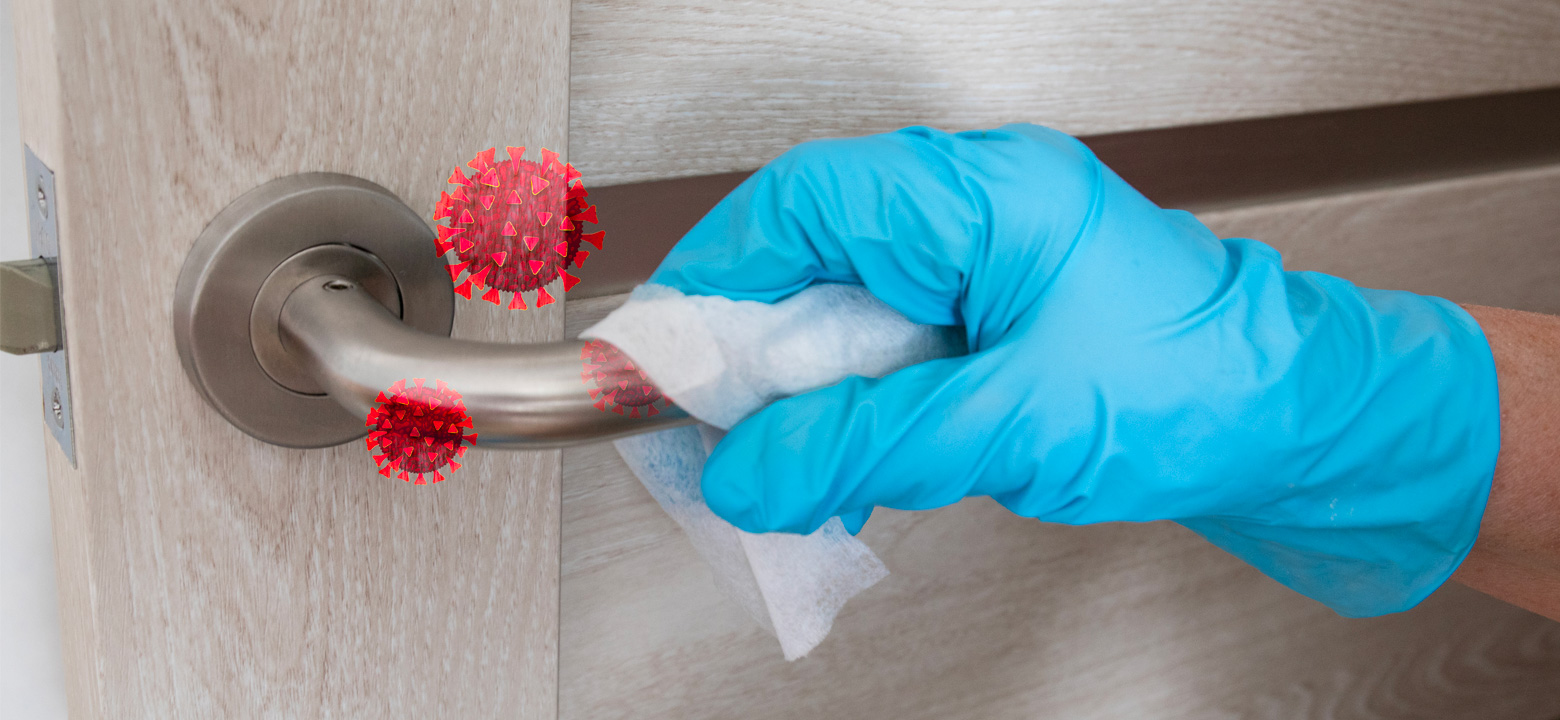
When we think of sanitary services post-COVID, the idea that often leaps most readily to mind is keeping surfaces sanitized and air filtered or treated with UV-C. According to research by the Chinese Center for Disease Control and Prevention, people with the novel coronavirus are able to pass active viral particles in their feces. While this is a less risky route of transmission compared to droplets, it becomes a lot more dire when you consider that 4.5 billion people lack access to safely managed sanitation. Toilet sensors are one possible way to improve service to restrooms.
Toilets in restrooms are often dispersed, not necessarily arranged according to use. This means that they have widely varying usage patterns, which creates a problem when it comes to servicing them efficiently. It's inevitable that there will either be time and energy wasted on checking latrines that don't get much use, or an increased number of overflows in latrines that do.
Overflow events pose enough of a health risk under normal conditions, considering the number of bacteria, viruses, and parasites that are transmitted via a fecal-oral route. In today's post-COVID world, we can also add another potential pathogen to the mix: the novel coronavirus. A fecal-oral route could increase the number of people who chiefly experience gastrointestinal COVID-19 symptoms. Among this group of patients, respiratory symptoms may be mild or absent, leading them to erroneously attribute their other symptoms to a different illness. That increases the odds that they will not isolate, which allows them to continue exposing others to the virus. Decreasing the risk of fecal transmission of SARS-CoV-2 by instituting proper sanitation services may decrease the number of people with gastrointestinal COVID-19, and thus the number of people spreading the disease without isolating.
Toilet sensors allow for monitoring usage without requiring daily manual checks. These pick up on motion each time the toilet is used, then use various communication technologies to transmit that data to a server. After that point, an algorithm compiles this data, and uses a separate machine learning algorithm to determine which toilets need servicing the next day and which can safely be skipped without running the risk of an overflow event.
In one study, motion sensing alone wasn't enough to reduce the risk of an overflow. This is because each toilet use results in an unpredictable amount of liquid or solid waste. It was also important to take waste weight into account, as well as predictions for the next day's usage. This underlines the importance of the machine learning algorithm—it was able to look at data from the motion sensors, weight of the toilet contents, and usage patterns, and determine when it was best to service each latrine. This didn't just reduce the number of overflows, it saved time and money.
There are multiple methods for detecting motion and estimating toilet usage, and some may be more appropriate than others:
Any of these methods, when paired with communication technologies and a machine learning algorithm, can be used to estimate bathroom servicing needs.
Providing proper sanitation to restrooms has always been a challenge. Now, with COVID-19, it's even more important. Combining motion sensing technology with machine learning allows for efficient, cost effective bathroom servicing that can reduce the risk of illness.